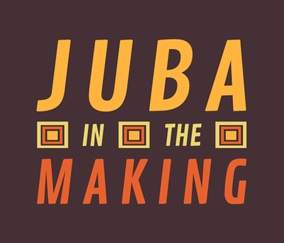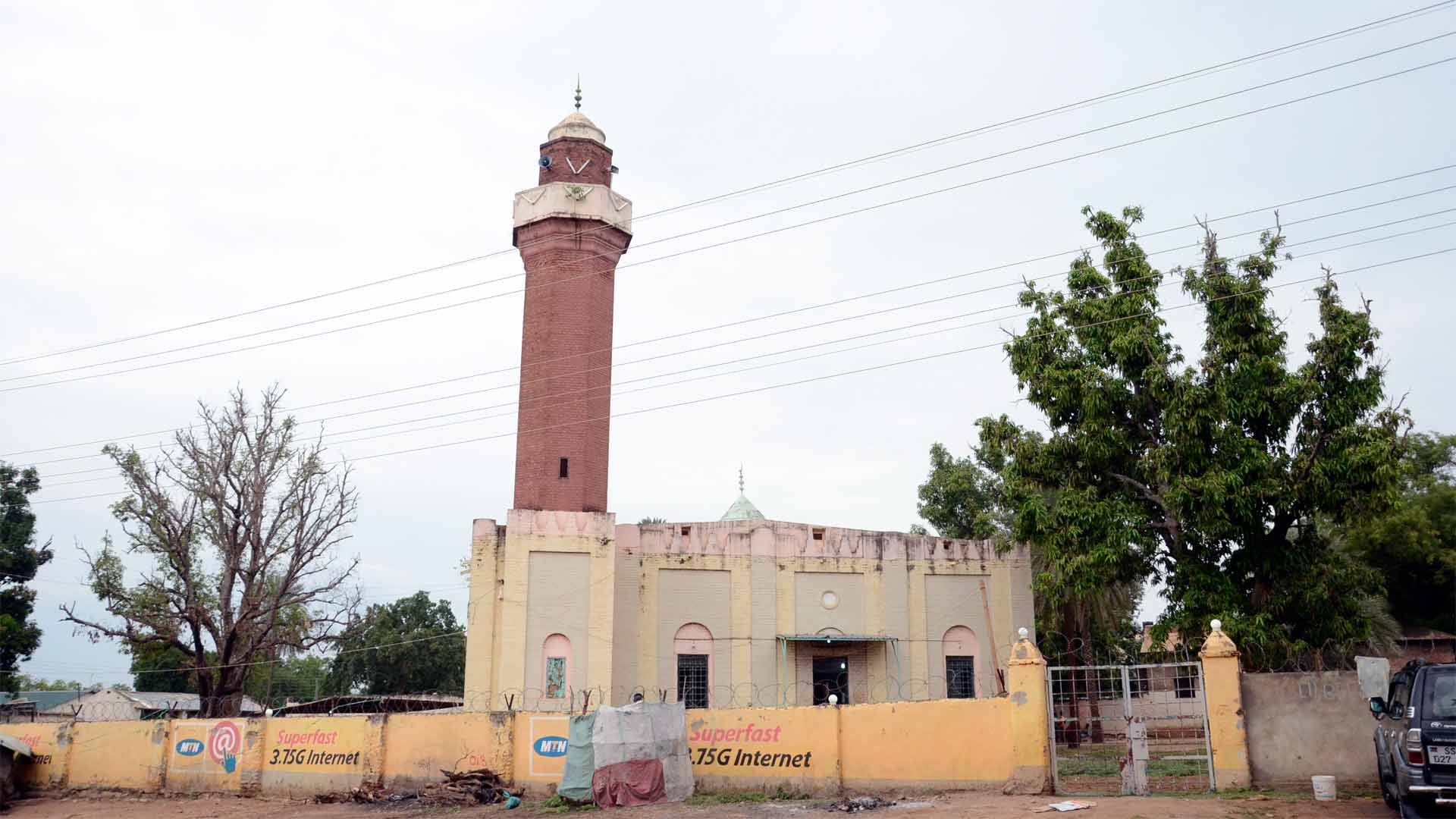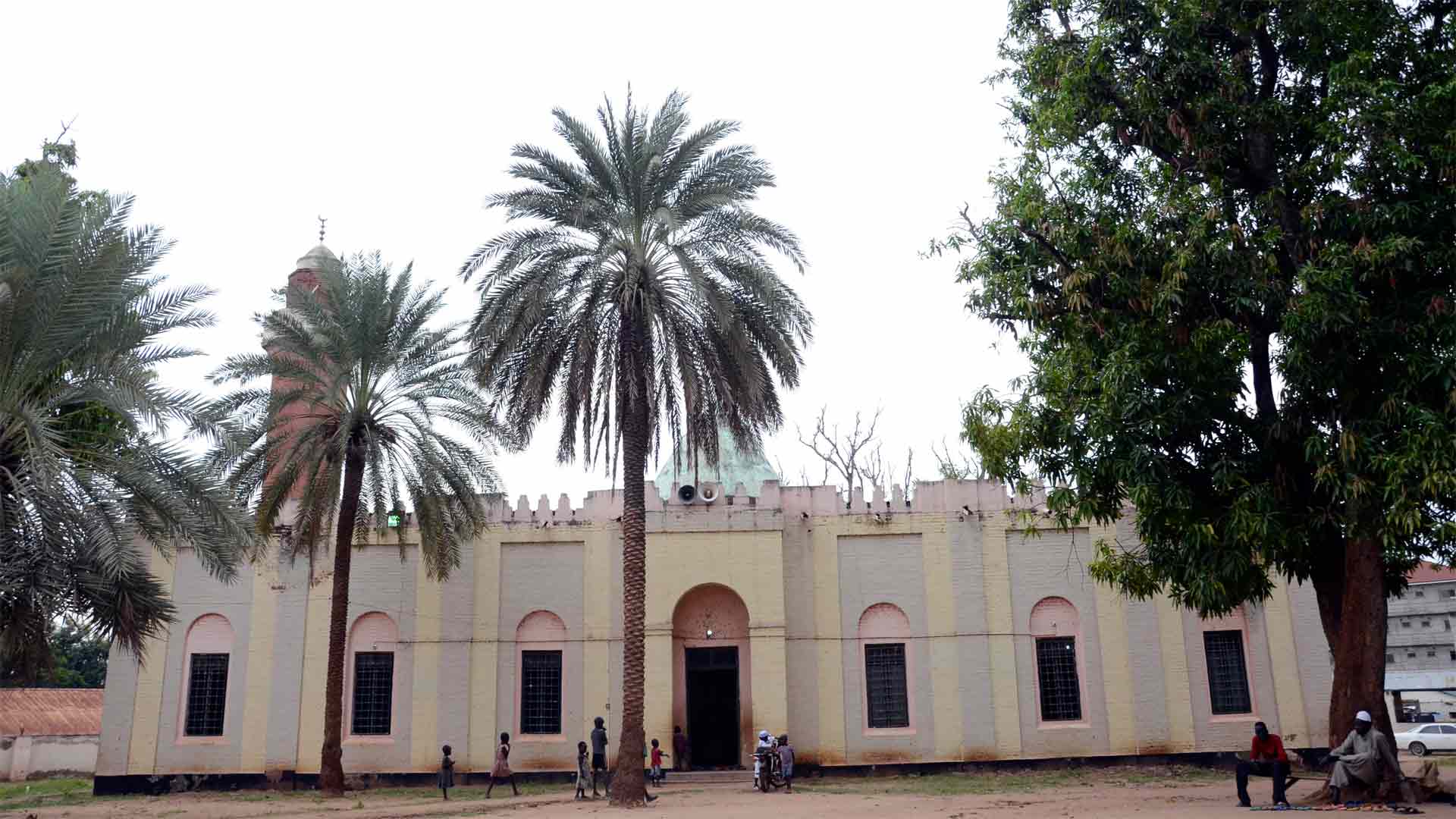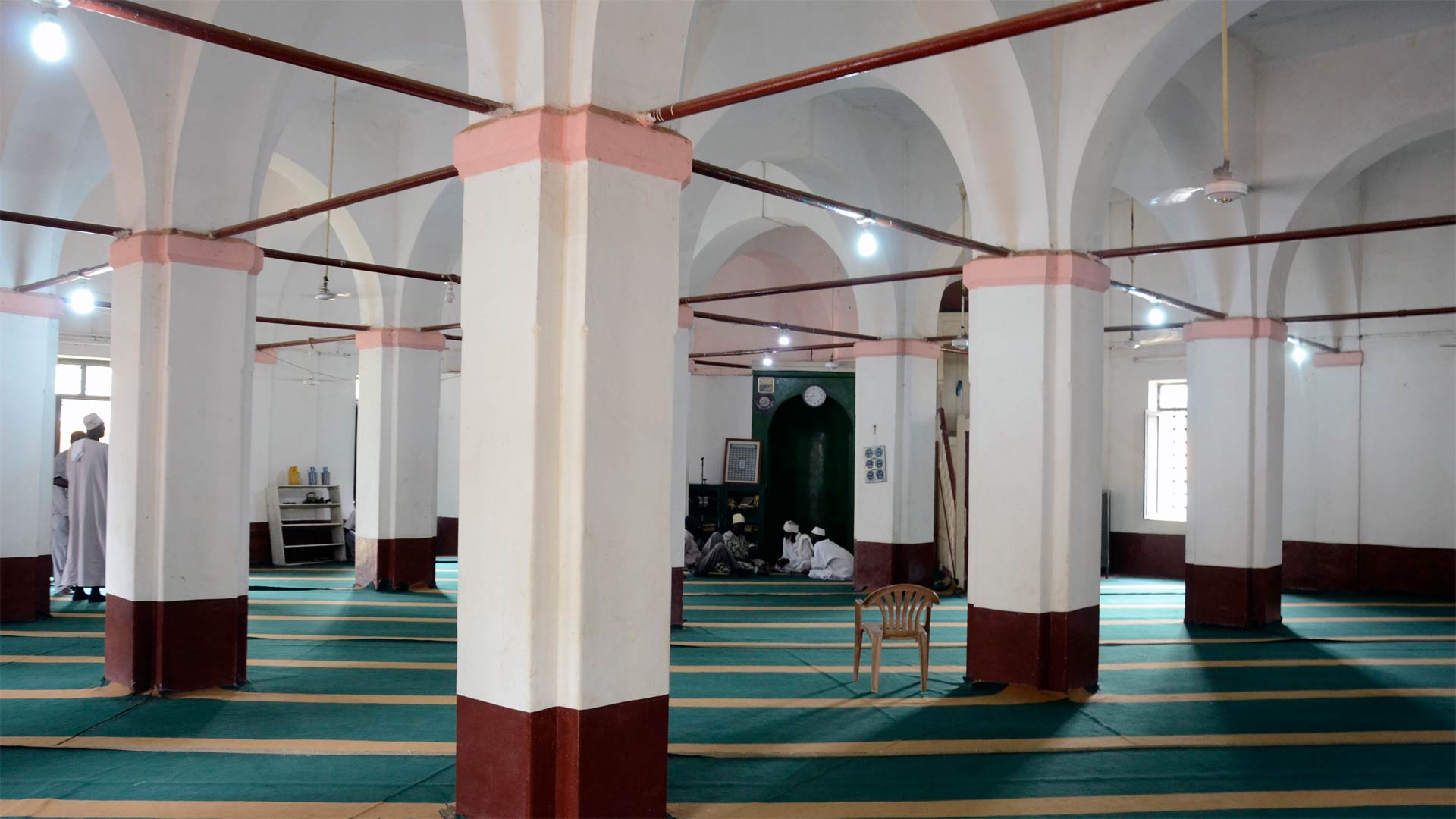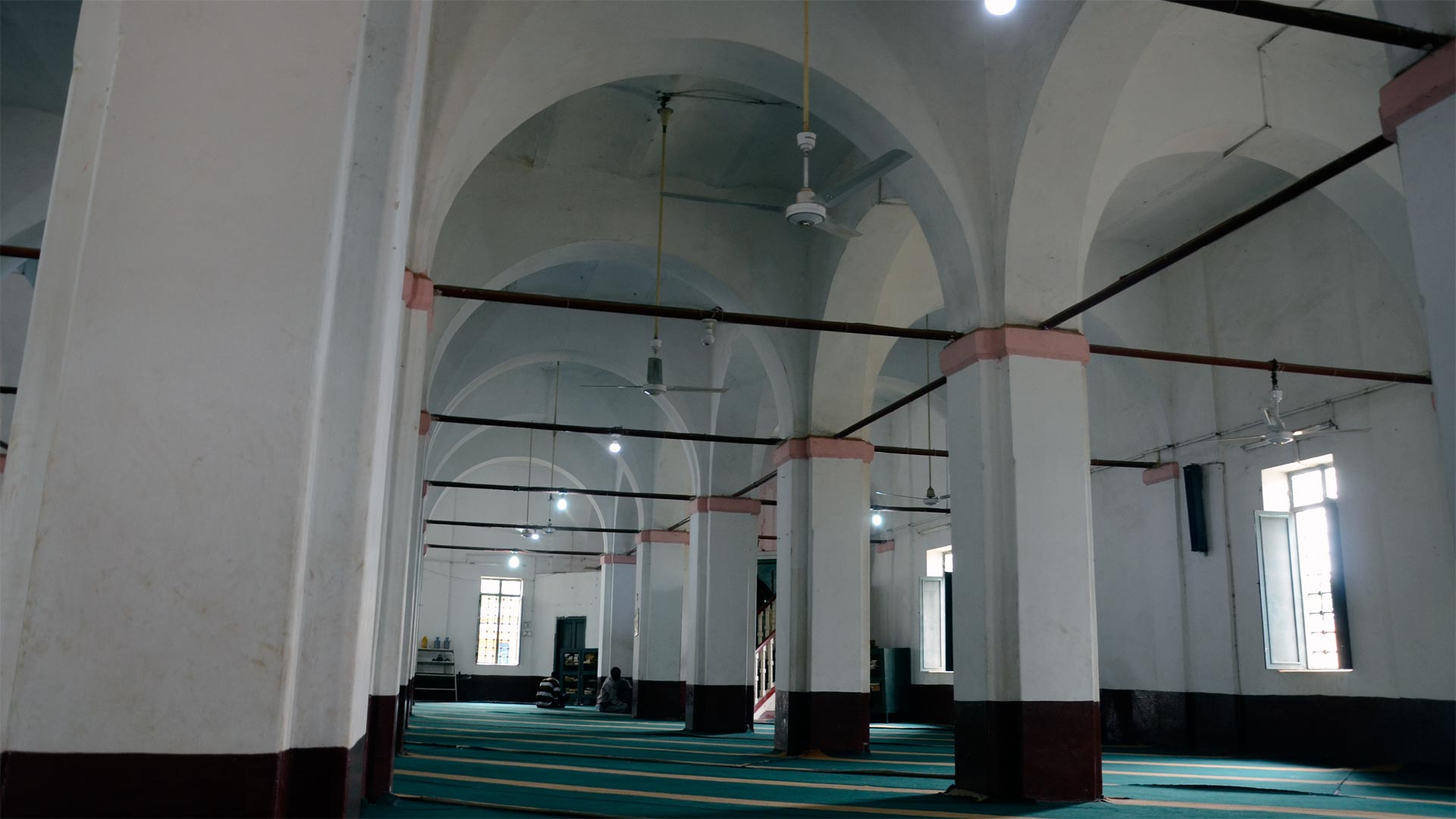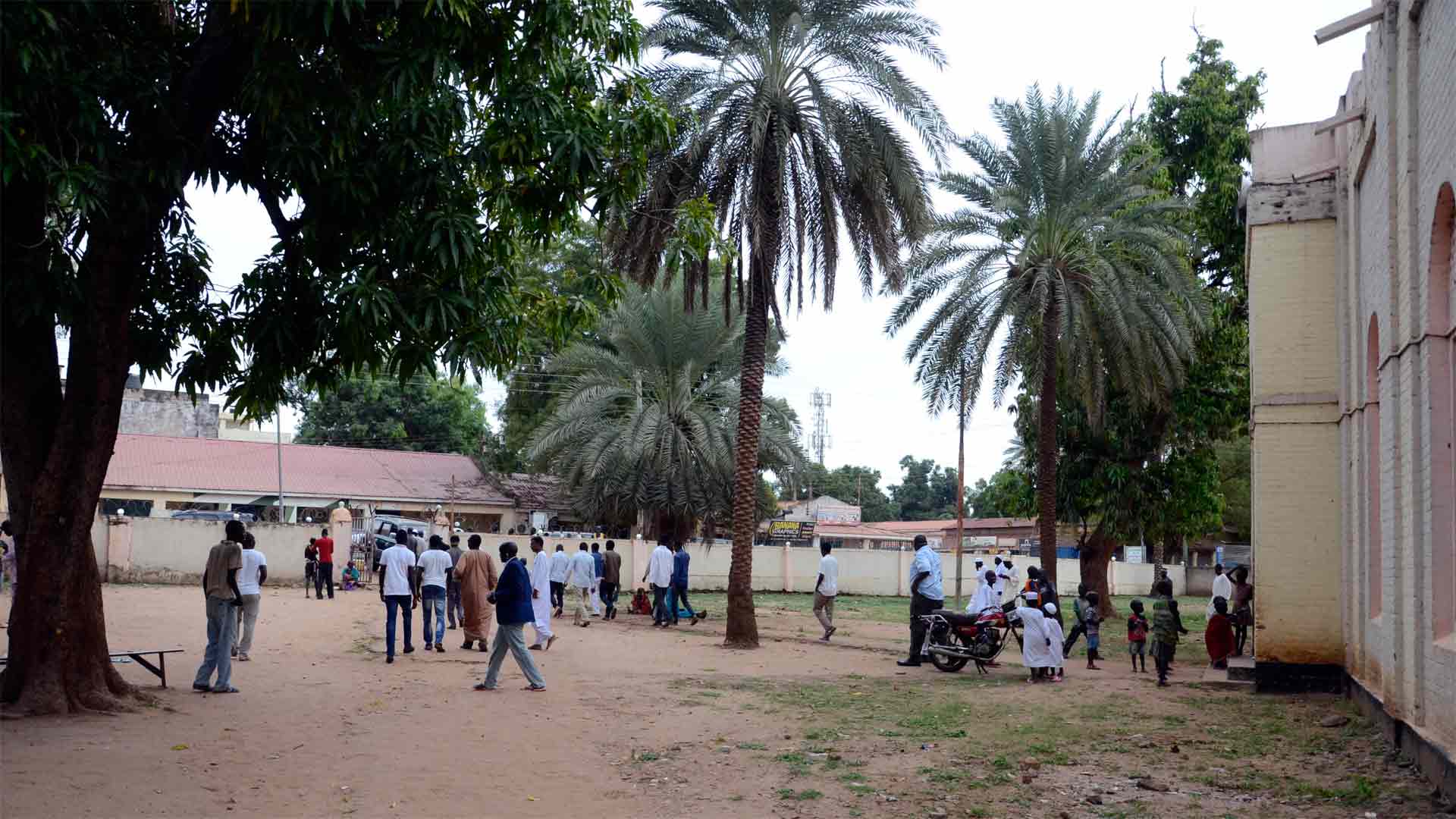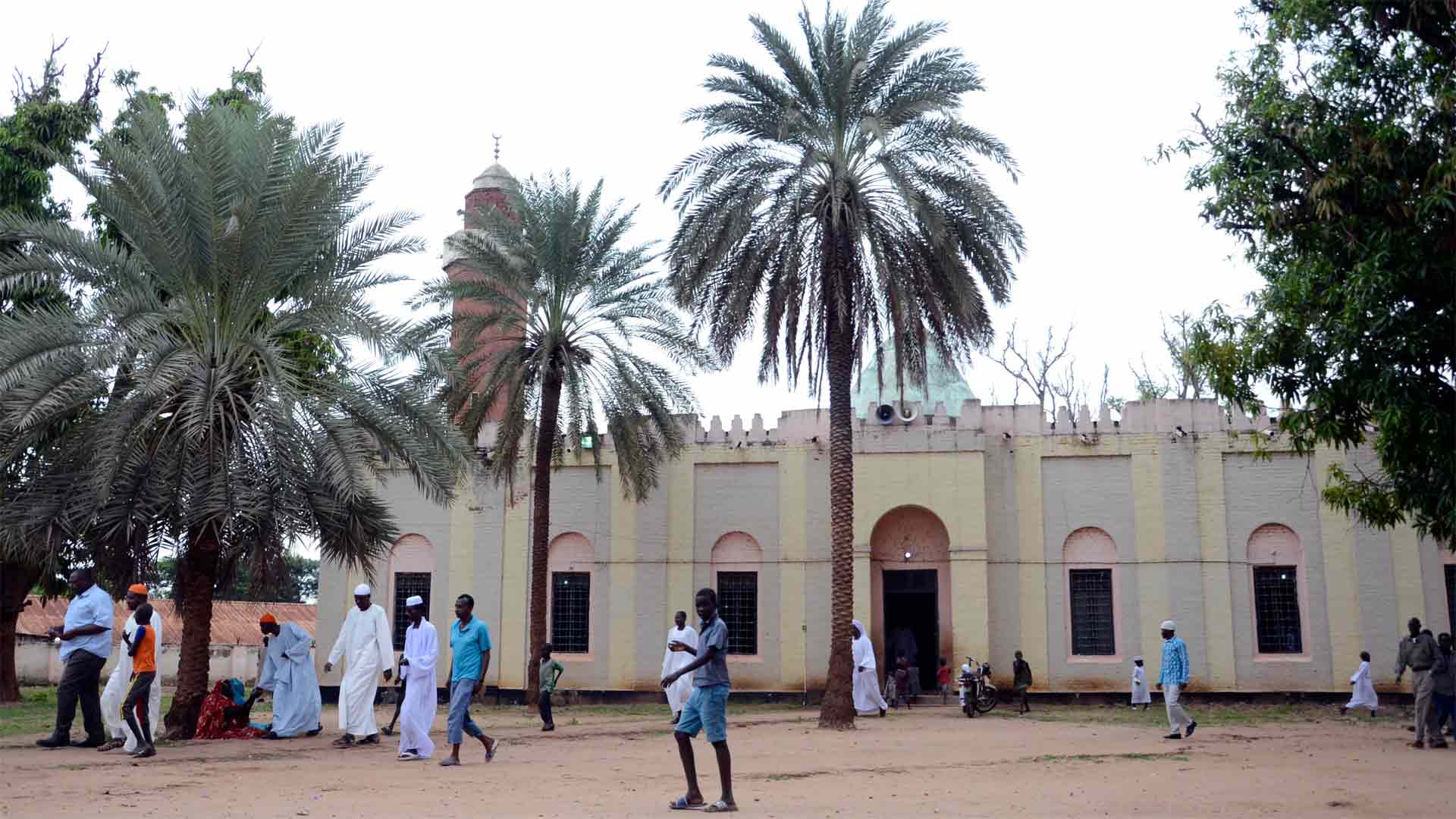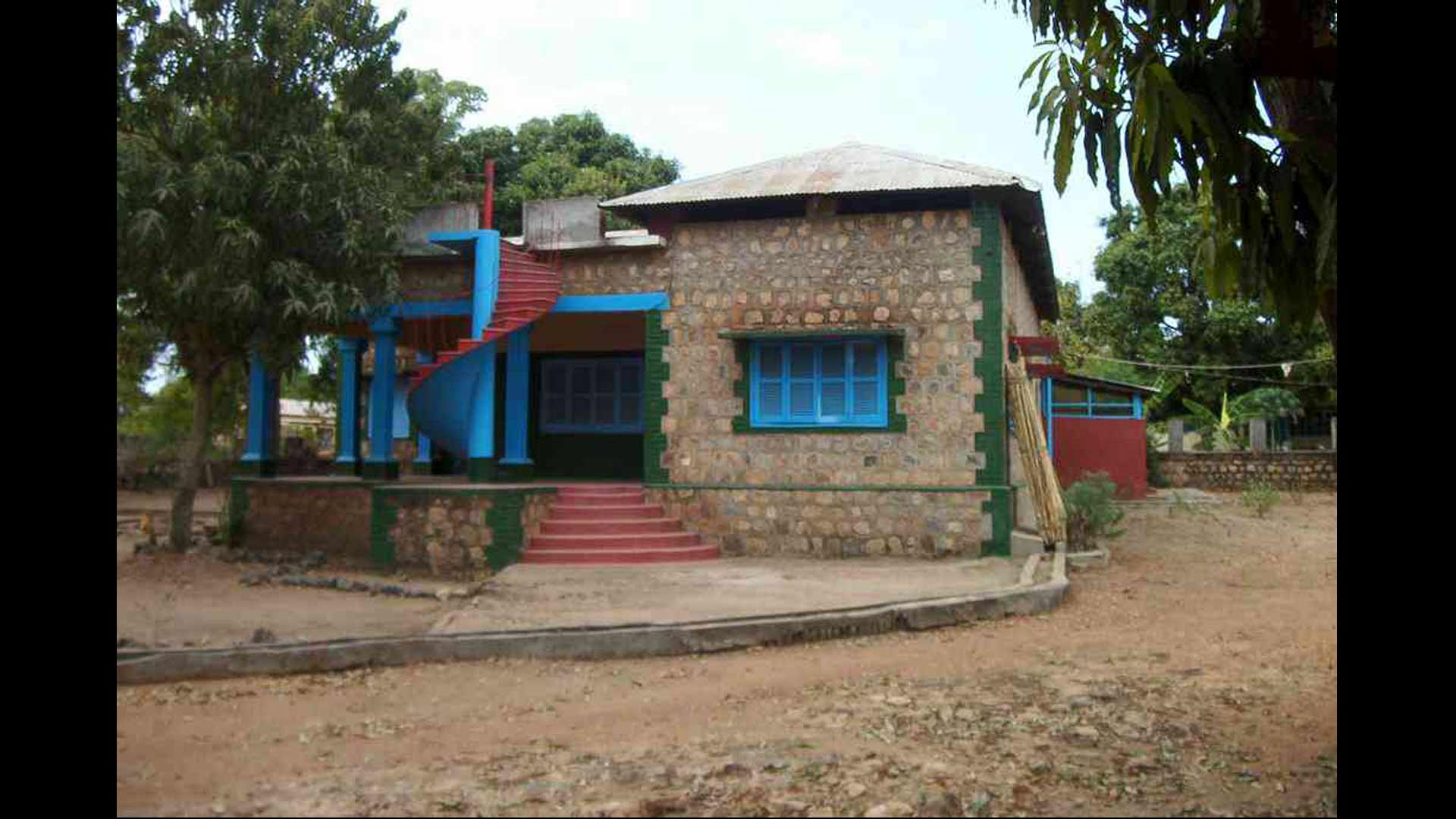Juba Town (Hai Jallaba)
This part of Juba is where the modern city started in the 1920s. It was built by foreign merchants, in collaboration with the Anglo-Egyptian colonial authorities. They settled in what became known as Hai Jallaba, “the Arab district” in local language (the word “Jallaba”, “Arab” in Juba Arabic, might have been invented in reference to the white Jallabyia, the traditional outfit of northern Sudanese men). These foreign traders were northern Sudanese but also Lebanese, Syrians, Greeks and Cypriots.
The Al Atiq Mosque was built in 1939 for muslim traders who did not have where to pray during their stay in Juba.
Hai Jallaba was also referred to by British officials as the Greek Quarters, due to the number of buildings with Greek architectural features and columns, and the social life dominated by the Greeks. They were a very active merchants community in the colonial Sudan. Their presence was estimated, by 1929, at 4000 in the whole country. They are said to have been the ones who suggested to the colonial authorities to relocate the southern headquarters of the Anglo-Egyptian Condominium to Juba – which they did around 1921. Greeks and other foreign merchants were already present in the region since the first decade of the century. In the following years, the Greeks provided the nascent city with modern, manufactured goods and built social clubs, bars, restaurants, a casino and a Greek cathedral.
Nowadays Hai Jallaba remains a part of town dedicated to commercial activity. Some old buildings have been refurbished, others are still standing but in poor condition.
Note: the two photos showing Greek-style buildings show the Ghines family house and the old Casino, which is now a commercial bank with its original structure hidden behind a recently added cladding. Courtesy of George Ghines.
To explore further the history of Greeks in Sudan, you can read this Wikipedia article.


